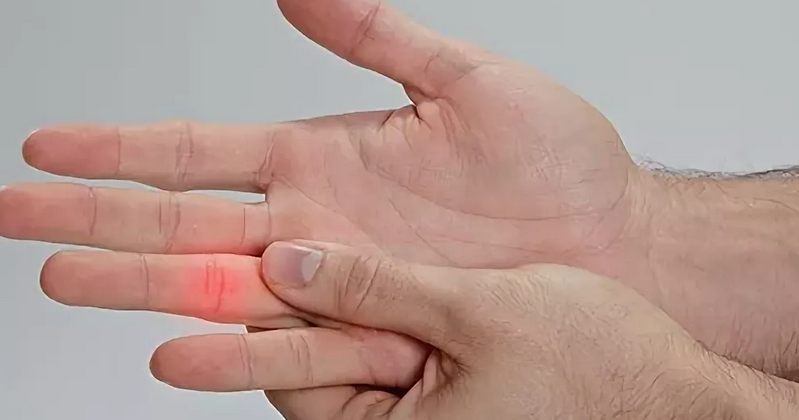This article describes the signs, symptoms and methods of treating a finger fracture on the arm.
Contents
- Anatomy of the hand
- Classification of the fracture of the finger
- Signs of fracture of the finger on the arm
- Symptoms of fracture of the hand of the finger
- How to determine the closed fracture of the joint, the bones of the finger, the nail phalanx of the finger, right, left hand: how to find out that the finger is broken, what a fracture looks like, a photo
- How to distinguish a fracture from a finger bruise?
- A fracture with a displacement of a finger: what does it look like?
- Open fracture of the finger of the hand: signs, symptoms
- Fracture of the finger on the hand of the child
- Fingers of the fingers in old age: consequences
- Diagnosis of fracture of the finger: X -ray
- Treatment of fingers of the fingers: gypsum, latch
- When is the removal of gypsum after a fracture of the finger is prescribed?
- The fingers are numb after the fracture: what to do?
- Fracture of the radius of the hand - fingers numb: what to do?
- Hand fracture, fingers swollen, hurt: why?
- After the fracture, the hands do not bend your fingers: reasons, what to do?
- How many edema will be after a finger fracture?
- A fracture of the finger on the arm: how much to be on sick leave, how much does a fracture heal?
- How to develop fingers after an injury, turning point: exercises
- Fractures, injuries of the fingers: Psychosomatics
- Fracture, injuries of the fingers: complications and consequences
- Prevention of fractures of the fingers
- Video: fracture of the phalanx of the finger
A fracture of the fingers on the hands most often occurs due to a direct or indirect mechanism for obtaining a blow. For example, the fall refers to the direct, to the indirect - twisting of the fingers. In addition, speaking of a fracture of this part of the body, implies a defect precisely the phalang of the fingers. This is a complete or partial violation of the integrity of the finger of the hand as a result of injury or loads exceeding the strength of the injured area. There are several types of such fractures, the treatment of which differs slightly from each other. Read more more.
Anatomy of the hand
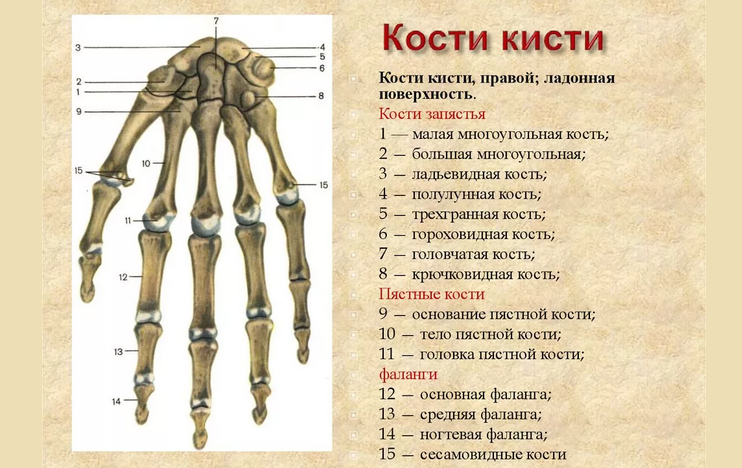
The human brush has one of the most complex buildings, as it is a mobile part of the body.
BONES:
- The cystic bones have three departments: the wrist is 8 bones, a heap - 5 long bones, fingers - 5 long bones and 14 phalanges.
- Falanks are the only bones of the brushes related to tubular. All bones are close to each other and have small sizes. It is thanks to this that the human brush is so mobile and plastic.
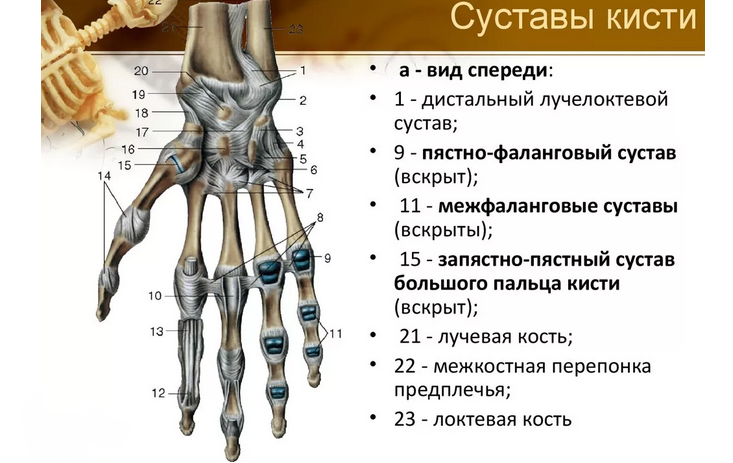
Bone compounds different nature:
- Sowerated and joints.
- The wrist joint is a connection in the form of a semicircle, which provides bending and extension of the limb.
- Due to the presence of ligaments in the wrist, the brush is able to withstand huge loads, for example, when a person “stands” in his hands.
- A thumb has a separate sideline joint located at the base. Thanks to this, the thumb is able to rotate in the direction of two axes.
- The remaining four fingers bend only in one plane due to the presence of a spherical joint. It is because of this that fingers are very prone to fractures and dislocations.
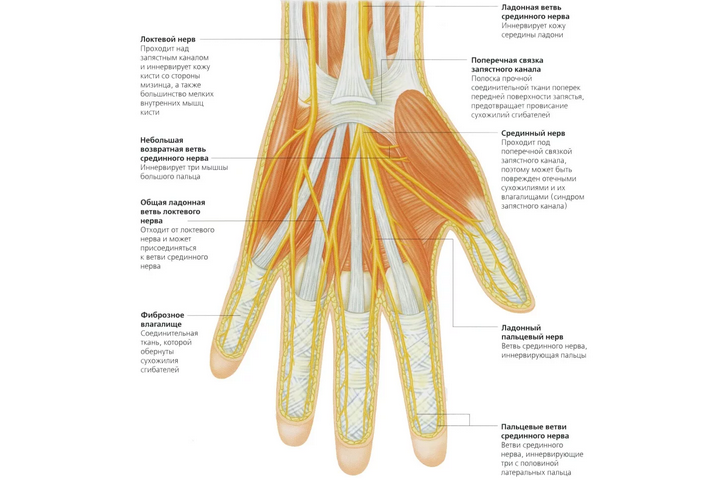
NERVES:
- The human brush passes through three nerves: Middle, ulnar and radiation.
- A distinctive feature of such anatomy is that in each person they are located individually.
- In the course of its fibers, each nerve branches into smaller branches, thinning to the fingertips.
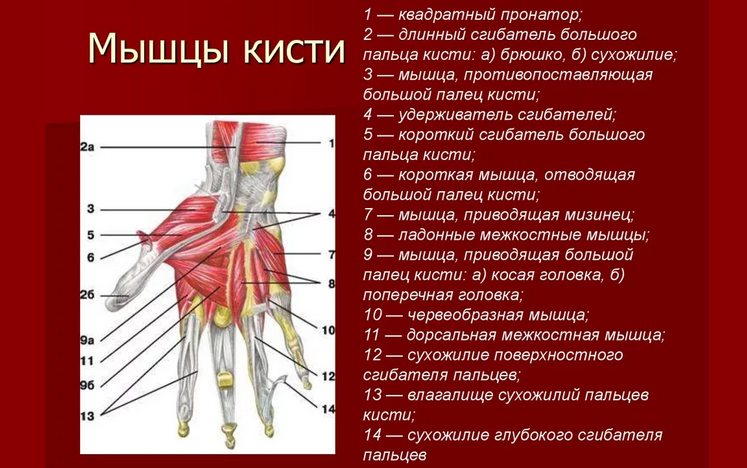
Muscles:
- They are located only inside and outside the palm. Naturally, most of the muscles took over the thumb.
Brush vessels:
- They form an arterial arc and a wide network of veins, for some people this is very visible.
LEATHER:
- Resistant to external exposure.
- It has many receptors and sweat glands.
The connecting fabric, called our own fascia, allows us not to slide on any surfaces, firmly choking on the skin.
Classification of the fracture of the finger

According to the clinical classification, the fracture of the fingers is separated:
- Because of - They are divided into those that were obtained as a result of injuries and those that happened as a result of a pathological disease in the bone damage, for example, with osteomyelitis.
- The nature Fractures are divided into open and closed, and are primary and secondary.
- By the presence of displacement Fractures are distinguished with displacement and without displacement.
- Fractures of phalanges include a fracture of the head, neck, diaphysis, bases, respectively separated by classes from A to g.
- Fractures of distal phalanges: outside the articular bag and inside the joint, also separated on the surfaces: dorsal and palmar.
The main fractures are also distinguished, classifying on longitudinal, transverse and fragile.
Signs of fracture of the finger on the arm
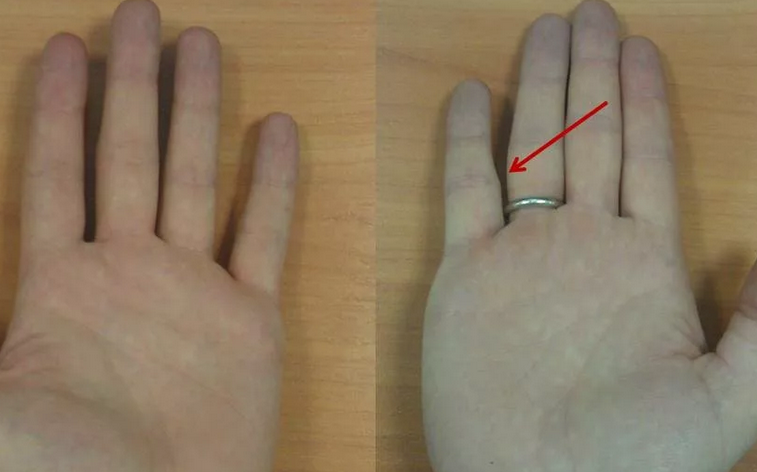
It is very easy to get damage to the upper limb, which is very unpleasant. But according to the signs, a person will definitely be able to understand what exactly he damaged and consult a doctor in time.
Signs of an open fracture finger on the arm (with damage to the skin):
- Due to damage to the skin, blood oozes from the wound due to vascular damage
- Broken parts of the bones gaping from the wound
- There is a dull pain
- It is impossible to move damaged fingers and even a hand
- Bone fragments interfere when hand
- The limb becomes edematous and is “poured” with blood, gaining a bright gag color
Remember: It is impossible to independently determine what type of fracture in a person is impossible. Only a traumatologist can do this.
Signs of a closed fracture:
- There is no visible skin damage, a crunch of bone fragments is heard
- For a long time, swelling and redness of the finger does not pass
- The finger moves as it has not moved before or loses mobility at all
- Dumb pain and unpleasant sensations when limb movements
- The pain does not pass after taking painkillers
Important: In the presence of one of these signs, it is urgent to contact a doctor. He will conduct an examination and prescribe treatment. The rest of the limb is also important.
Symptoms of fracture of the hand of the finger
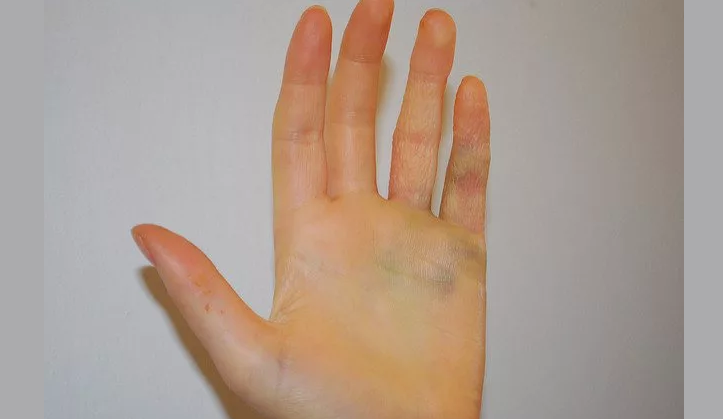
Any doctor, in order to make the correct diagnosis, necessarily pays attention to the patient's complaints. They indicate the presence of a particular disease. Here are the symptoms of a fracture of the finger of the hand:
- The edematous end phalanx of the finger when moving the hand gives pain.
- If significant damage to the soft tissues is obtained during the fracture, then hyperesthesia develops - high sensitivity, which remains even after healing the fracture.
- The color of the nail changes. This happens due to the fact that blood from damaged vessels is poured into the space between the nail plate and the nail bed, the sub-germatoma develops. The nail acquires a blue color and burtles above the surface.
- It may be accompanied by a rupture of the nail bed with subsequent deformation of the nail.
Also, a person has unpleasant sensations in the hand and he cannot fulfill certain movements.
How to determine the closed fracture of the joint, the bones of the finger, the nail phalanx of the finger, right, left hand: how to find out that the finger is broken, what a fracture looks like, a photo
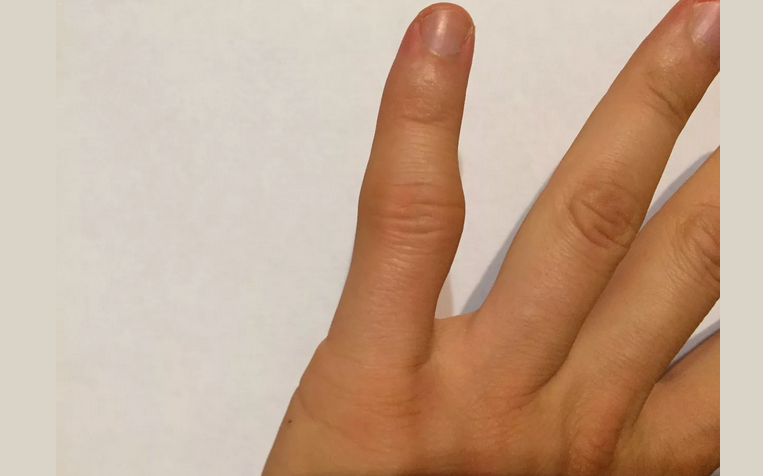
When a closed finger fracture, approximately the same sensations arise, but several aspects can be distinguished by which finger has undergone a fracture.
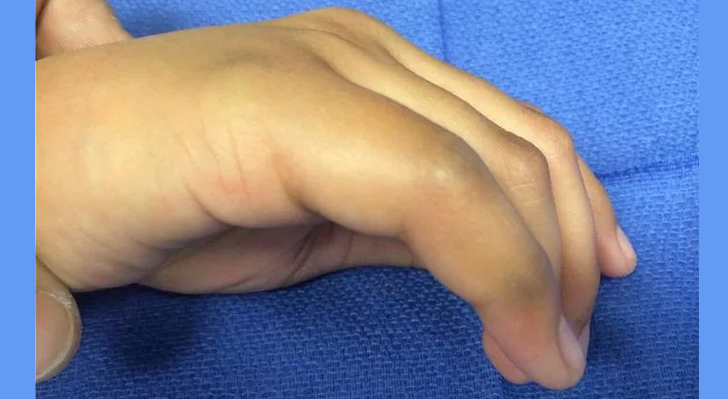
Above the photo shows how, for example, a fracture of the little finger looks. Damage - how the fracture of the finger of the right, left hand looks like:
The bone of the thumb, first finger:
- Severe pain as a result of irritation or compression of the nerves around the bone
- Finger curvature: the finger bend at the wrong angle
- Edema will come in 5 minutes and spreads to neighboring fingers
- Moving with a finger causes severe pain. If there is no pain when moving back, this is stretching
- Sensation of cold and tingling
The bone of the index finger:
- Blue due to insufficient blood supply;
- Swelling due to inflammation of the surrounding tissues in about 30 minutes and does not apply to neighboring fingers;
- A feeling of strong burning.
The bone of the ring finger:
- Redness of the skin at the fracture site;
- Deviation of the phalanx in the other direction due to edema;
- The complete impossibility of moving a finger or its pathological mobility.
The bone of the middle finger:
- The finger itself becomes very pale compared to the place of damage
- It is impossible to actively move it
- When you press the finger, you can hear the sound of bone friction against each other
The bone of the little finger, the 5th finger:
- It seems even shorter than usual;
- Strong deformation is visually expressed;
- Due to a violation of the integrity of the finger, the whole brush will be subject to painful sensations;
Nail phalanx of the finger:
- Strong edema of the end phalanx
- Builds a blue-black hue
- The swelling is accompanied by pain
- The nail can crack due to the presence of a large amount of blood
Now you know how to find out that the finger is broken. However, only a doctor can make a correct diagnosis and prescribe treatment.
How to distinguish a fracture from a finger bruise?
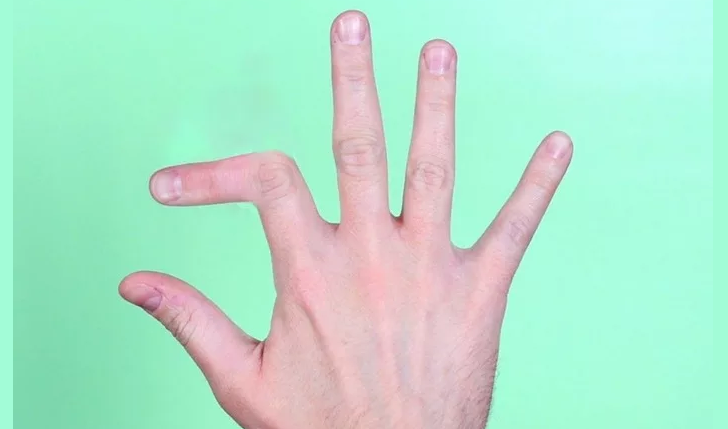
If you do not know how to distinguish a fracture from the bruise of the finger of the hand, then it is worth understanding only a few points. A bruise is a soft tissue injury. A fracture is bone damage.
Read on our website an article on how to distinguish a fracture from a bruise. You will also find out whether there can be a fracture without pain and what are its external signs.
With a bruise, only the swelling of the injury site occurs and unpleasant sensations appear. Moreover, this happens even in the case when the limb is fixed and the person does not move it. With a fracture, the symptoms are more pronounced. All of them are described above in the text:
- Sharp pain
- Swelling appeared within 1-2 seconds after the injury
- Bones stick out from the place of damage
Remember: In any case, you must consult a doctor. Only he can make a diagnosis correctly and prescribe treatment.
A fracture with a displacement of a finger: what does it look like?
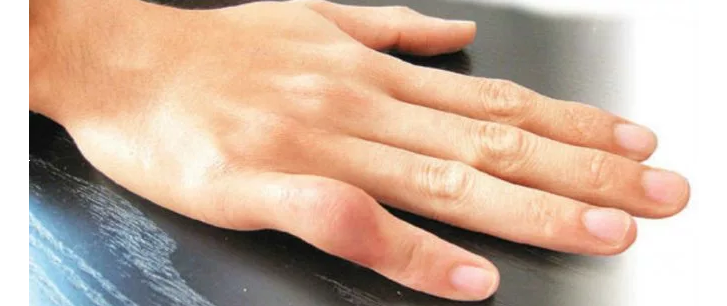
In injuries with a displacement, fractures with dislocations of two or more phalanges of the fingers include. This type of fracture is considered the most difficult in the practice of doctors. This type of damage is manifested as follows:
- The pain syndrome is more pronounced than with a conventional fracture
- Acute pain over time intensifies and develops into a real
- Due to the friction of bone fragments, a characteristic crunch is heard
- The finger is directed in the unnatural side
- When displaced on the finger, cones are observed
The displacement can be visually visually - some bone fragments stick out.
Open fracture of the finger of the hand: signs, symptoms
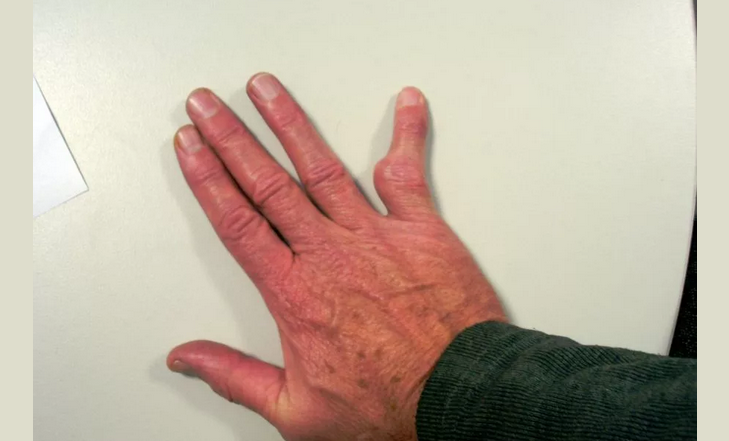
Above the text, signs of an open fracture of the finger of the hand were described. It is accompanied by a violation of the integrity of the vessels and the epidermis of the skin, due to which a wound with bleeding is formed. This type of fracture is most dangerous, since various kinds of viruses and bacteria can easily penetrate into an open wound. Trauma data are also accompanied by the onset of such symptoms:
- Sharp and stupid pain when trying to move your fingers
- Changing the anatomical arrangement of the limb
- Bone fragments in an open wound are visible
- Crunching when trying to combine bones
- Visual change in bone shape
- Shortening of a broken finger in relation to a healthy
In most cases, there is no need to resort to determining the symptoms or signs of such an injury. She is always very painful and there is nothing left for a person how to urgently see a doctor for help.
Fracture of the finger on the hand of the child

In any case, when the first suspicions of the fracture of the finger appear in the child, you should consult a doctor. Young bones that only grow are most susceptible to various injuries.
The weakest part of the bones is the cartilage zone of growth due to the fact that the cells located there are constantly divided. Untimely rendered assistance and treatment of fracture of the finger on the hand in the child will lead to further incorrect fusion of bones and deformation.
There are several types of "children's" fractures that are practically not found in adults:
- Fracture of the type "Green branch" - an incomplete fracture or breakdown of the bone, in which the periosteum remains intact.
- Fracture under the periosteum - the intact periosteum covers the broken bone.
- Epiphesiolysis - Bone rupture along the line of growth zone.
It is worthwhile to understand that the child’s body is extremely rapidly metabolism and bone tissue will be updated many times faster than that of an adult.
Fingers of the fingers in old age: consequences
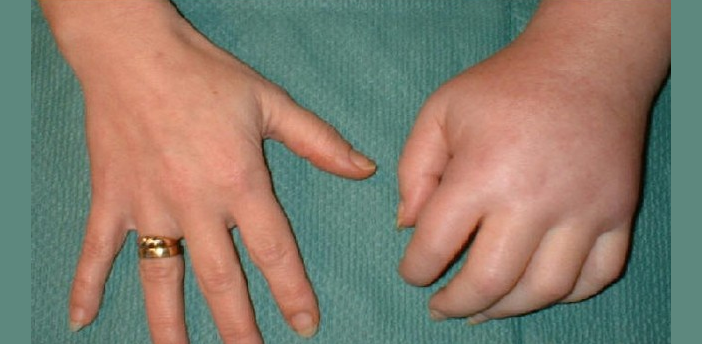
The risk of any fractures increases in old age. The thing is that after 60 years The bones become more fragile as a result of age -related changes in the body. This also applies to the bones of the fingers. If at a young age, injuries do not pose any danger to a person, then after 60 years, any harmless injury can lead to death. The reasons for these consequences of fingers of the fingers in old age:
- The bones are poorly and slowly growing. This is due to poor metabolism and blood supply.
- The difficulty in the need for immobilization (temporary immobilization). It is difficult for an elderly person to keep your hand without movement all the time. Therefore, such a rule can lead to a poor emotional state.
- The danger of thromboembolism. A decrease in the patient’s mobility can lead to the formation of blood clots that can enter the pulmonary artery and clog it.
Therefore, all people in old age need to be extremely careful and monitor their health.
Diagnosis of fracture of the finger: X -ray
X -ray is performed in anteroposterior and lateral projections, if necessary, also in a scythe. According to the X -ray, both the fracture of the finger, its location, and the displacement of the debris are determined. If necessary, a person with a fracture is prescribed computed tomography (CT) to identify defects in bones, muscles and ligaments.
Treatment of fingers of the fingers: gypsum, latch
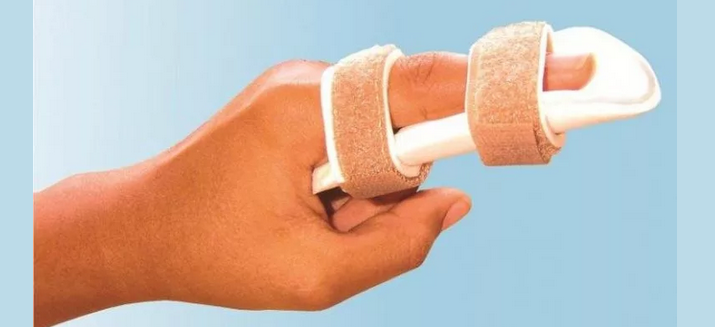
The treatment of fingers of the fingers in conservative methods includes, firstly, the prevention of the further development of pathology, and secondly, exclude surgical intervention. The gypsum dressing is used as an independent method in the treatment of fractures, and as a way of immobilization.
- Gypsum is superimposed on the damaged part of the finger to prevent his movement. This is necessary for effective bone fusion and wound healing.
- The gypsum bandage itself hardens during the day.
- The duration of wearing a gypsum dressing also depends on the type of fracture.
Finger fixation is treatment with surgical intervention, differently, osteosynthesis. This method is proposed in the event of a shift fracture. This is necessary to restore further movement in the joint. Fixation helps to prevent the development of stiffness of the joint, which can subsequently lead to its complete immobilization. Read more about this method:
- As fixers, the knitting needles are used through punctures in the skin. At the same time, they remain to protrude above the surface of the skin for some time.
- Swear or plate installed through the incision can also be used.
- With fracture fractures, phalanges use an external fixation apparatus.
The advantage of such methods is that in a few days after surgery you can begin to develop a joint.
When is the removal of gypsum after a fracture of the finger is prescribed?
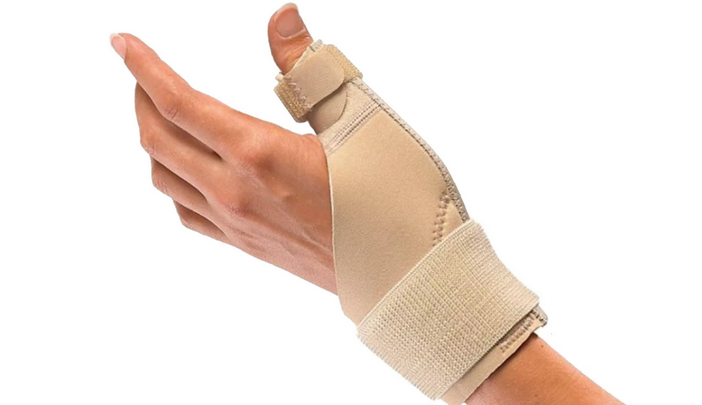
Depending on the type of fracture, gypsum after a fracture of the finger is removed through 3-4 weeks. Before this, a x -ray is necessarily taken and recovery therapy is prescribed. Full restoration of disability occurs after about a month and a half.
If gypsum is imposed during a fracture without displacement, that it is already removed after 2-3 weeks, and the recovery period lasts up to a month.
In case of injury with multiple fractures of the end phalanges, gypsum is applied for a month, and the restoration of ability to work occurs two months later.
The fingers are numb after the fracture: what to do?
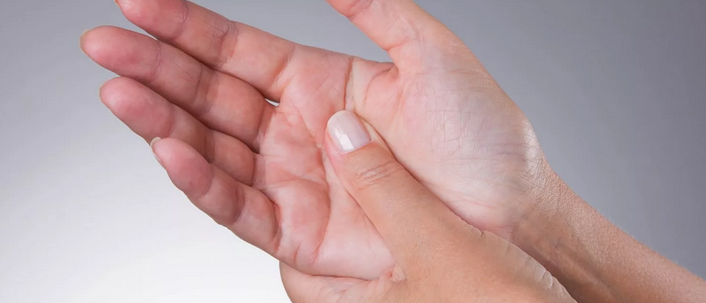
Numbness of the fingers after a fracture is a typical problem called "Syndrome of the carpal channel". This channel is located on the palmar surface of the hand and includes fingers and middle nerve adhesions. The endings data are responsible for the sensitivity of the fingers and the innervation of the muscles of the patient's finger. What to do in this case?
As a treatment, exemption from physical work and immobilization with tires and dressings is recommended. Next, medical treatment and physiotherapy are used. If the effect of such treatment is absent, then an operation is prescribed with the dissection of the carpal ligament.
Fracture of the radius of the hand - fingers numb: what to do?
A possible cause of numbness of the fingers with a fracture of the radial bone of the hand may be partial damage to the middle nerve or its branches. In this case, acupuncture, laser therapy, physiotherapy and massage are more often prescribed.
Hand fracture, fingers swollen, hurt: why?

Very common complications after a fracture of the hand, when fingers swell and hurt. Why is this happening? This is called atrophy or Zuzhek syndrome.
- At the initial stage of treatment, drug therapy is prescribed, including painkillers and vasodilating drugs, muscle relaxants, vitamins and anabolic hormones.
- In parallel, laser therapy, exercise therapy and massage are carried out.
- Calcium preparations are also prescribed to normalize its exchange in the body.
It is recommended to avoid warm procedures and physical activity.
After the fracture, the hands do not bend your fingers: reasons, what to do?

This complication is caused by pathological changes in muscle and adipose tissue. Reducing mobility when, after a fracture, the fingers do not bend - a typical problem after removing gypsum. This is one of the main reasons. At the first stages, you should fight this problem extremely carefully and under the supervision of a doctor. In addition, you still need to do what to do:
- If, in addition to the absence of movement in the joints, pain is present, it is worth using a supporting corset on the hand.
- As rehabilitation, exercises are prescribed that will allow you to develop joints and return motor skills to the fingers.
- The simplest exercise in such cases is to pour the cereal, scooping it with handfuls, with each next scoop, trying to capture as many cereals as possible.
But all exercises must be performed only in the absence of pain and after approval by their doctor. If the doctor allows for treatment to perform certain physical exertion with fingers, then such treatment is suitable.
How many edema will be after a finger fracture?
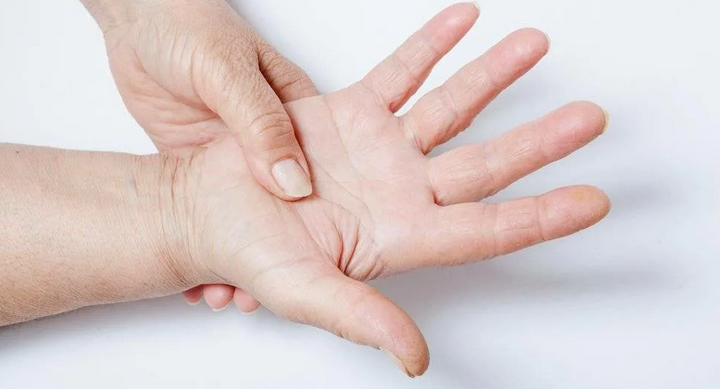
Edema occurs due to accumulation of fluid in the areas of the tissue. The reasons for this are blood stagnation and lymph, impaired blood supply, tissue damage or improperly applied gypsum. You can remove the edema after a finger fracture in several ways:
- Physiotherapy
- Electrophoresis
- Magnetotherapy
- Massage
- Physiotherapy
- The use of ointments and gels
Edema can stay for several weeks-1-2. If gypsum is incorrectly imposed, then this condition will be removed only after correcting the situation. In this case, you will have to re -contact the doctor.
A fracture of the finger on the arm: how much to be on sick leave, how much does a fracture heal?
As a rule, with good care and compliance with all the recommendations of the doctor, a fracture of a finger on his hand heals during 4-6 weeks. After which the recovery period occurs, when it is necessary to return the tone of the atrophied muscles and ligaments, this also takes up to 2 months.
Depending on the severity of the fracture, you will have to be on the sick leave from 25 to 30-40 days. Sometimes the extension of such a document reaches the deadline over 2 months, if complications appear.
How to develop fingers after an injury, turning point: exercises
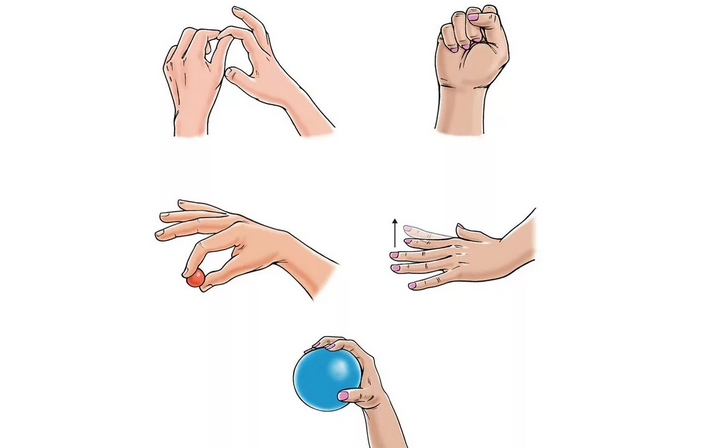
Typically, such exercises are recommended to be performed continuously for two weeks. They help to develop fingers after an injury, fracture.
- With a healthy hand, carefully bend and extend your finger. Repeat movements smoothly, holding at every point 5 second With maximum tension. Repeat 10 times for each finger.
- Clutch your fingers of the developed hand into a fist, holding your healthy hand. Keep the position 10 seconds and repeat 10 times.
- Try to raise small objects as often as possible, developing fine motor skills. This should be done with a big and damaged finger.
- We put the hand with a damaged finger with the palm side on the flat surface of the table. Raise each finger separately and hold in this position 5 second. Repeat 10 times.
- Buy a rubber ball and squeeze it in your hand, squeezing it for 5 seconds. Perform 2 approaches 15 times.
These exercises are very effective. It will take only a few minutes a day for their implementation. But with their help you will quickly restore the mobility of the joints of the fingers after injury.
Fractures, injuries of the fingers: Psychosomatics
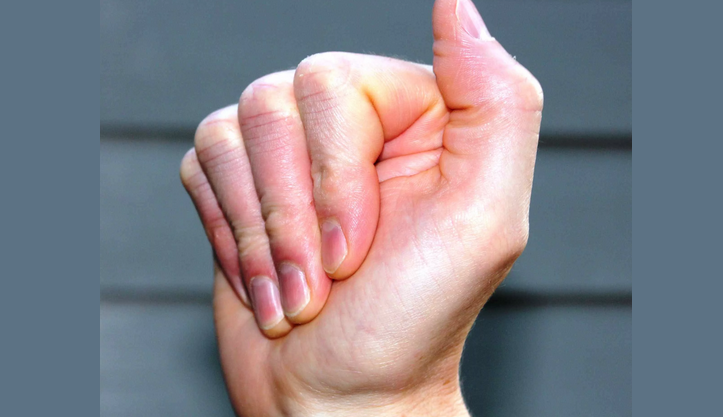
Even in the case of a fracture, such a factor as psychosomatics can play a role. It is easy to imagine this by the example of a stick that can be broken only by putting a certain pressure on it. Also with the fingers. Specific psychological pressure and the desire to escape from their unresolved problems can cause a certain kind of injury. Read more:
- The reason for the fractures of the fingers is an unresolved problem or conflict.
- Even when a person feels good, for example, on vacation, but at the same time tries to suppress some unpleasant memories, and not to survive them, he certainly has a risk of injury.
The basic principle of psychosomatics in this case works as follows:
- A person does not want something very much, but the situation does not turn in his direction, as if breaking him.
- A strong desire and energy of the individual cannot change something around, but can in the body.
- So it turns out an injury - the release of too much energy.
Therefore, if you often get injuries of the limbs, and in particular, fingers, then you should think about your psychological state.
Fracture, injuries of the fingers: complications and consequences
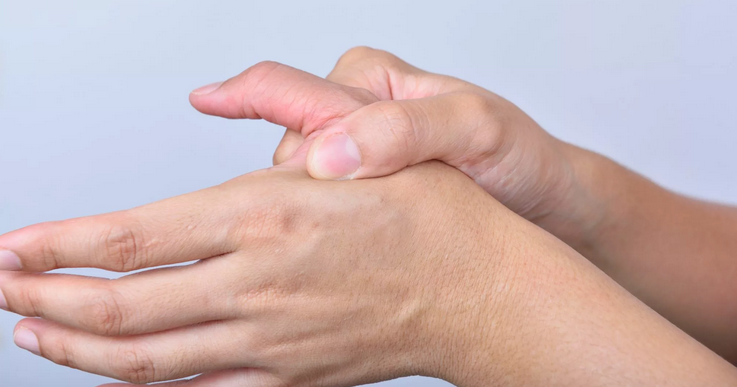
With conservative treatment, it is worth carefully monitoring the condition of the brush after the fracture, injury to the fingers.
- If there are complications such as swelling, pallor of the skin or loss of sensitivity, you should immediately consult a doctor.
- If gypsum or bandage is too tightly squeezed by fingers or brush, then nerve fibers and blood vessels can suffer and lead to complete atrophy of adjacent tissues.
These consequences are often found. Therefore, it is important to visit the doctor in a timely manner and come to the appointment at the time appointed by him.
With surgical intervention, there is a risk of extremely rare complication - suppuration. It occurs in the area where the metal structure stands. Also, random damage to blood vessels, nerves and tendons during surgery can be attributed to venue complications. A few more nuances:
- The most common deterioration in the fingers fractures is stiffness and contracture - degeneration, deformation.
- The first term means that active movement in the joint becomes impossible, the second implies a complete absence of movement, both active and passive.
Any injury is always unpleasant and loss of health. To prevent this from happening, you should do prevention. Read more below.
Prevention of fractures of the fingers

A fracture of the fingers is a pathology from which there are prevention measures:
- Proper nutrition
- Daily walks in the fresh air
- Playing sports or physical exercises in the morning
- Yoga classes
- The inclusion in the diet of foods rich in calcium - cottage cheese, cheese, yogurt, cabbage, spinach, nuts.
- The use of specialized vitamin-mineral complexes.
- Refusal to drink alcohol.
Fractures of the bones of the fingers and other parts of the body require not only the correct cure, but also rehabilitation. Therefore, follow the doctor’s recommendations and resort to prevention measures from repeated injuries. Good luck!

